Paldalmun Gate (팔달문)
7.2Km 2021-01-29
780, Jeongjo-ro, Paldal-gu, Suwon-si, Gyeonggi-do
+82-31-228-2765
Paldalmun Gate is the southern gate of Hwaseong Fortress, and its name means "a gate opening to a road that leads to all directions." Among the four gates of Hwaseong Fortress, the northern and southern gates are bigger and more grandiose. The gate has an entrance wide enough to let the king's palanquin pass through and a watchtower over the entrance. Outside of the gate is a crescent-shaped protection wall called ongseong.
Among the ongseong walls found across the country, Paldalmun Gate's ongseong wall stands out in terms of size and form. The hip roof and decorations seen on Paldalmun Gate's watchtower resemble that of fortress watchtowers, and are recognized as representation of late Joseon dynasty's watchtower architecture.
Suwon Hwaseong Special Tourist Zone (수원화성 관광특구)
7.3Km 2025-10-24
780 Jeongjo-ro, Paldal-gu, Suwon-si, Gyeonggi-do
Hwaseong Fortress, Suwon, was built by King Jeongjo, the 22nd ruler of the Joseon dynasty, when he moved the tomb of his father, Crown Prince Sado, to Hwasan Mountain in Suwon. Because of its high historical and cultural value, it was designated as a UNESCO World Heritage Site in 1997. In 2016, the Hwaseong Fortress area, ranging from Paldalsan Mountain to Jangan Park, Yeonmudae Command Post, and Paldalmun Market, was designated as a special tourist zone, establishing itself as a representative tourist destination in Suwon visited by many tourists.
Paldalmun Market (팔달문시장)
7.3Km 2025-10-28
17 Jeongjo-ro 770beon-gil, Paldal-gu, Suwon-si, Gyeonggi-do
There are 9 traditional markets around Suwon's South Gate. Among them, in Paldalmun Market, there is a whole chicken street that stretches for about 400m, so many people visit it. The old-fashioned way of frying the whole chicken in a large cauldron and the unique seasoning preserve its flavor. After visiting other connected markets, you can complete your Suwon tour by walking through the Hwaseong Fortress, a UNESCO World Heritage Site.
Nature Republic - Suwon Nammun Branch [Tax Refund Shop] (네이처리퍼블릭 수원남문점)
7.3Km 2024-04-19
2, Paldalmun-ro, Paldal-gu, Suwon-si, Gyeonggi-do
-
Nostalgic Dalgona (추억의달고나)
7.3Km 2024-02-01
44 Haenggung-ro, Paldal-gu, Suwon-si, Gyeonggi-do
At Nostalgic Dalgona, visitors can make and eat dalgona, a snack that has become world-famous as it frequently appears in Korean content such as drama series like Netflix's Squid Game and entertainment shows. The recipe requires using a ladle and heat to dissolve sugar mixed with a small amount of baking soda. Once dissolved, pour out the caramel-like mix onto a tray, then stamp the surface with a cookie cutter of a preferred shape, such as heart, animal figure, or umbrella. The process of tearing off the edges along the pattern like from the scene in Squid Game can be quite a challenge and fun at the same time.
Suwon Arboretum Irwol (일월수목원)
7.3Km 2025-05-22
61 Irwol-ro, Jangan-gu, Suwon-si, Gyeonggi-do
Suwon Arboretum Irwol is an urban arboretum in Suwon that is an ecological landmark. It features a variety of gardens, including a forest garden, conifer garden, ecological observation garden, meadow garden, dry garden, exhibition greenhouse, shrub garden, and grass garden. The arboretum also includes facilities such as a library, a playground, waterside deck, and the Irwol Reservoir. Visitors can participate in a range of programs, such as guided tours, plant workshops, and ecological activities.
Motgol Market (못골종합시장)
7.3Km 2025-10-23
10-12 Suwoncheon-ro 258beon-gil, Paldal-gu, Suwon-si, Gyeonggi-do
+82-31-246-5638
Motgol Market features a variety of shops selling side dishes and ingredients ranging from fresh and dried fish to meat, vegetables, rice cake, and more. The sells make great efforts in promoting trust between merchant and customer, providing their products at the lowest prices with a friendly smile. The market stands as a representative culture market of Korea, thanks to the convinence in shopping and the affordable products.
◎ Travel information to meet Hallyu’s charm - TV series "Lovely Runner"
Motgol Market is where Sol and her mother shopped for groceries for her father’s memorial ceremony, with their playful bickering over the fruits for the ritual adding a heartwarming touch. The market is filled with affordable, high-quality food, making it a popular spot for both tourists and locals.
Olive Young - Dongtan Neungdong Branch [Tax Refund Shop] (올리브영 동탄능동점)
7.3Km 2024-06-27
1F, 201, Dongtanjiseong-ro, Hwaseong-si, Gyeonggi-do
-
Suwon Workshop Street (수원 공방거리)
7.3Km 2024-12-11
Namchang-dong, Paldal-gu, Suwon-si, Gyeonggi-do
Suwon Workshop Street stretches from the plaza of Hwaseong Haenggung Palace to the Nammun Rodeo Youth Culture Performance Hall near Paldalmun Gate. The street is lined with workshops where artists display and sell their handmade crafts. Visitors can engage in various craft experiences, including woodcraft, hanji (traditional Korean paper) craft, ribbon craft, sewing, and metalworking, while also shopping for unique handmade items. In addition to the workshops, the street features Haenggung Sarangchae, a cozy spot for travelers to unwind, the Museum of Memories, and several charming cafés.
Moda Outlet - Osan Dongtan Branch [Tax Refund Shop] (모다아울렛 오산동탄점)
7.3Km 2024-04-18
822-30, Gyeonggi-daero, Osan-si, Gyeonggi-do
-
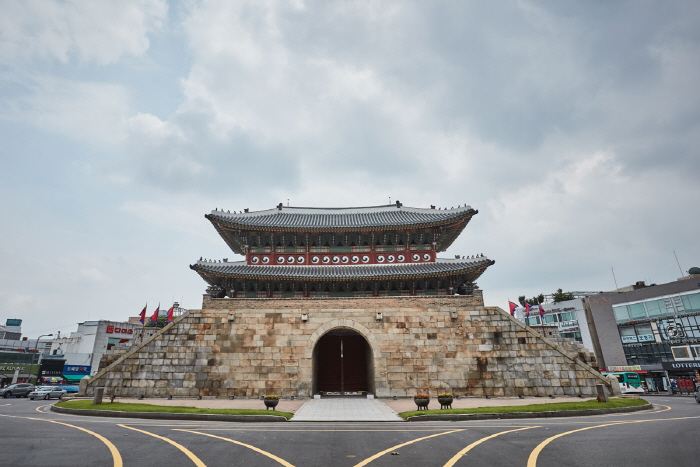
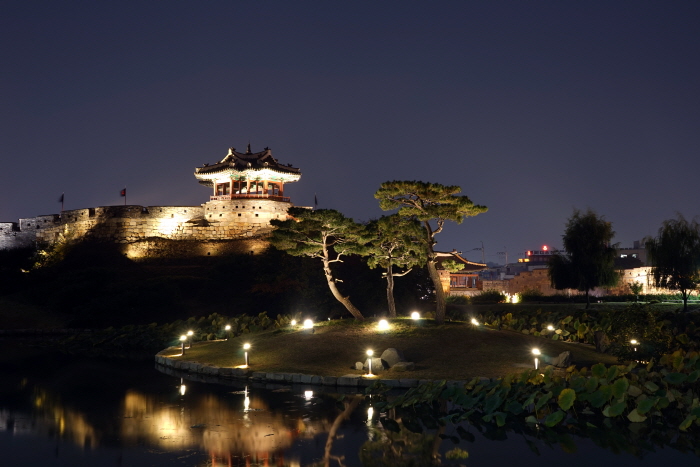
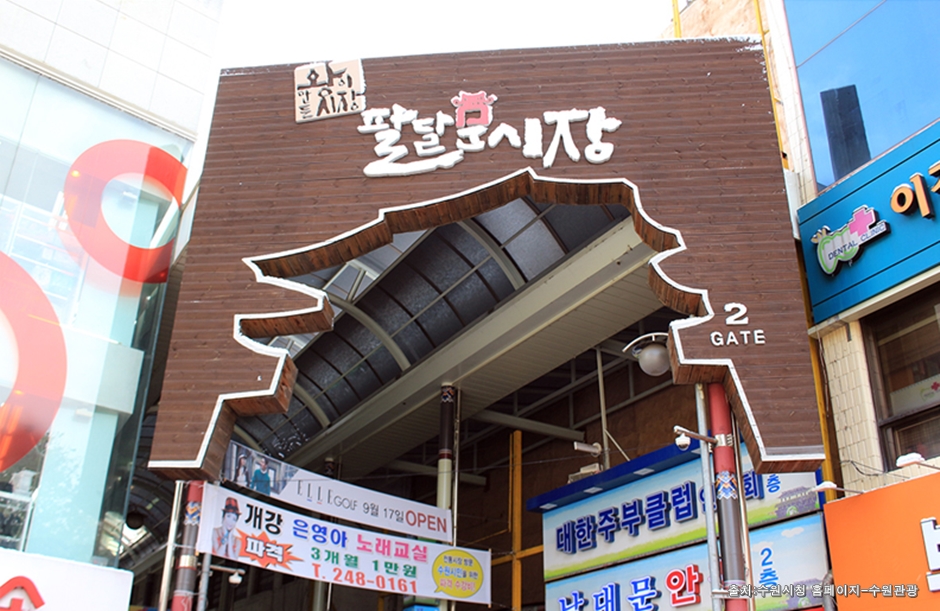
![Nature Republic - Suwon Nammun Branch [Tax Refund Shop] (네이처리퍼블릭 수원남문점)](http://tong.visitkorea.or.kr/cms/resource/57/2887757_image2_1.jpg)
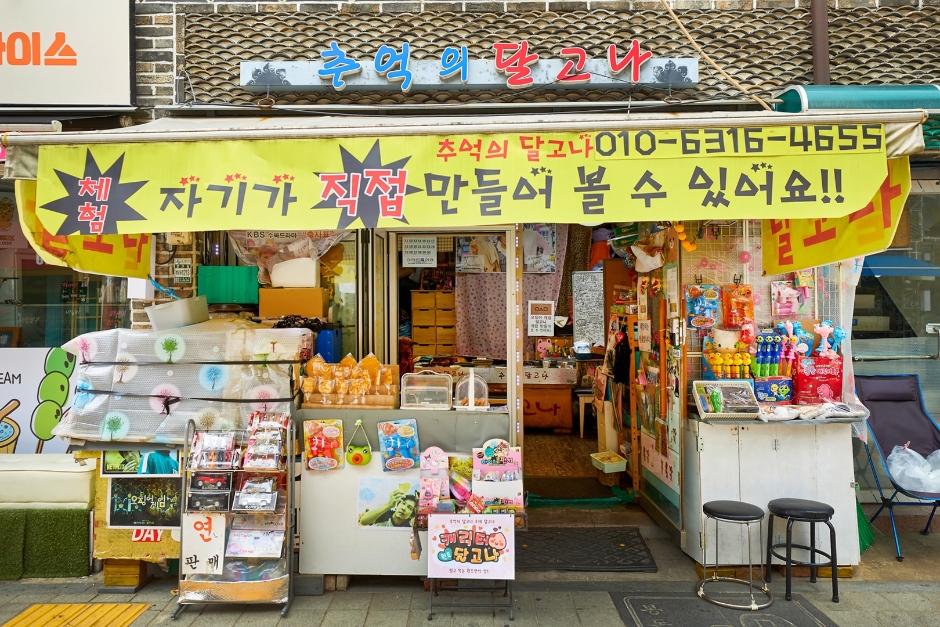
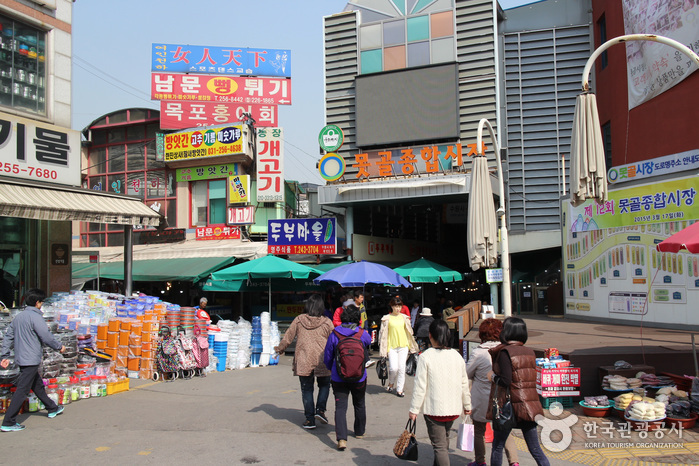

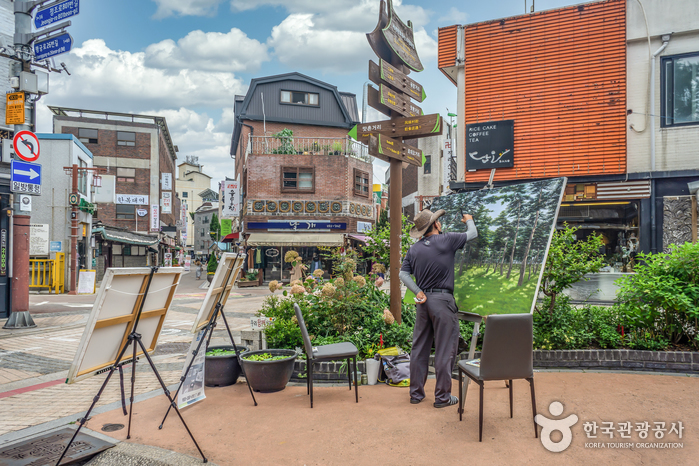
![Moda Outlet - Osan Dongtan Branch [Tax Refund Shop] (모다아울렛 오산동탄점)](http://tong.visitkorea.or.kr/cms/resource/53/2882353_image2_1.jpg)
 English
English
 한국어
한국어 日本語
日本語 中文(简体)
中文(简体) Deutsch
Deutsch Français
Français Español
Español Русский
Русский